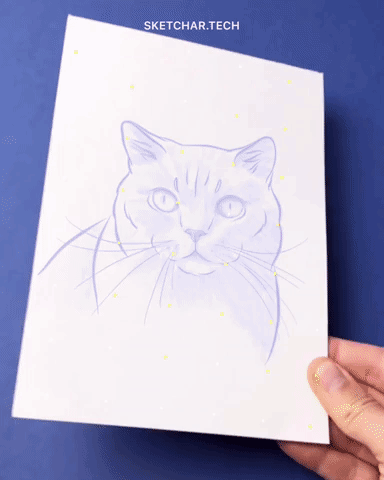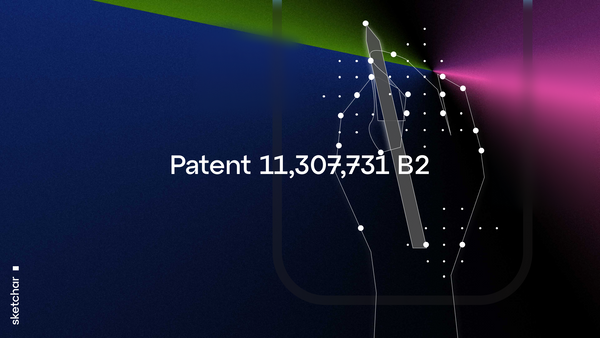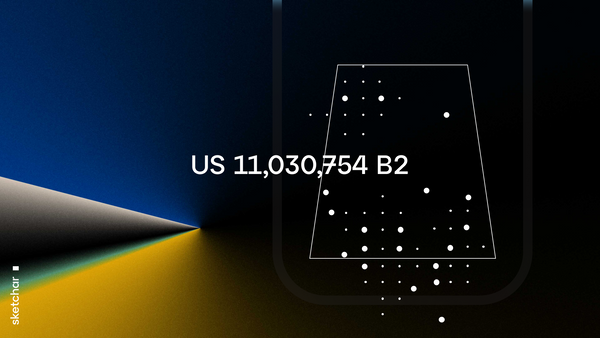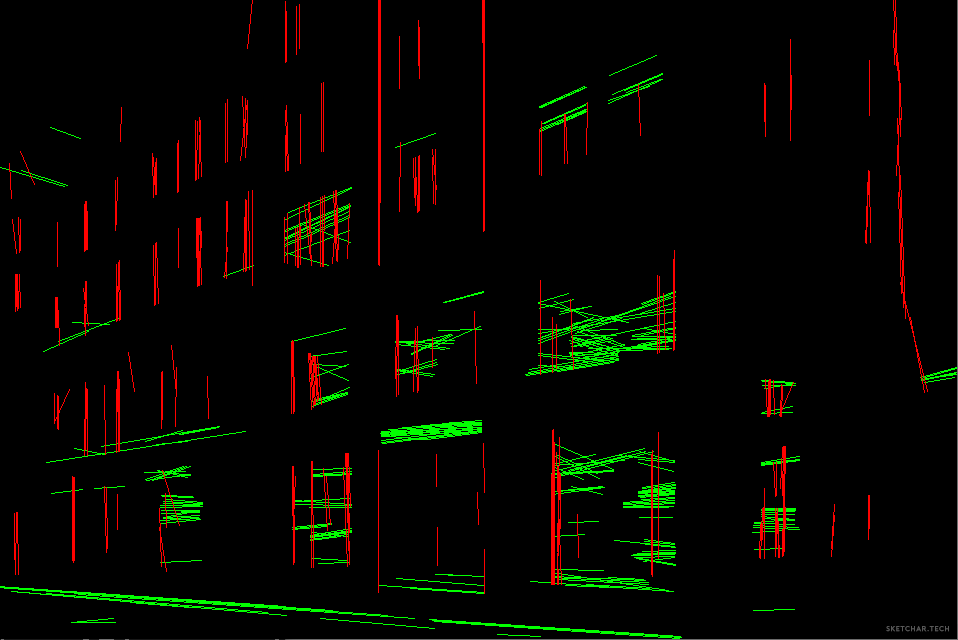Apple recently unveiled the ARKit during WWDC. For us, as for developers, that means we don’t need to build our own tracking and imaging (AR) system anymore and instead can take advantage of Apple’s existing research. Yet, it doesn’t solve “ the white paper problem” as it can only detect flat horizontal surfaces, so users still need to draw the circles (or any other markers) to have a base to place their content on, otherwise it would look like it’s floating horribly in space. Fortunately, we have found a solution which allows users to avoid drawing circles .
First we created the app’s prototype to test the idea using the CPU, but this didn’t work as the phone ran out of battery, overheated, and broke down. To increase the performance and move further towards the complete absence of markers, we rewrote our core on the GPU. This gave us an incredible increase in performance so we were able to reach our goal — the complete absence of markers on the surface, where any stroke a user makes is considered as a marker. We call this technology “progressive markers”. Data exchange occurs with ARKit, because it also uses the GPU for its calculations — it allows us to make a quick transition to the core and back, which makes the app’s performance faster and more stable.
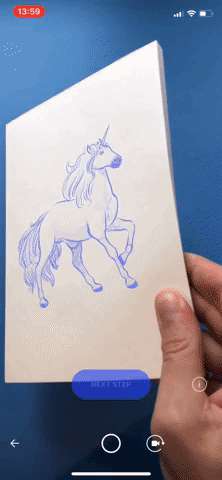
Meanwhile, ARKit has improved individual elements of SketchAR like excellent object scaling, stable tracking and securing an image to a surface perfectly. Also, SketchAR uses a fraction of the phone’s GPU, so it could make AR less of a resource drain. All these changes you will be able to check out pretty soon as the app will roll out on iOS11 this month.
Looking forward to getting your feedback. Drop us a line on hi@sketchar.tech
Yours,
SketchAR team

